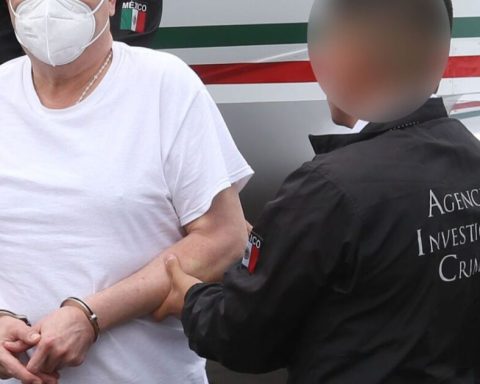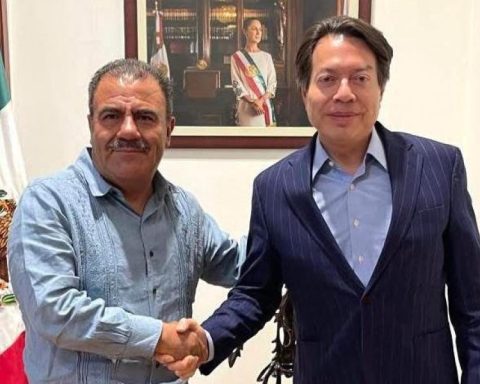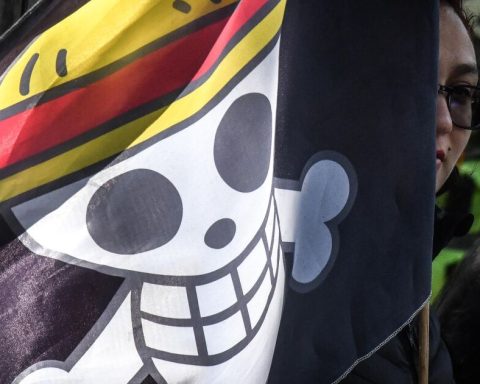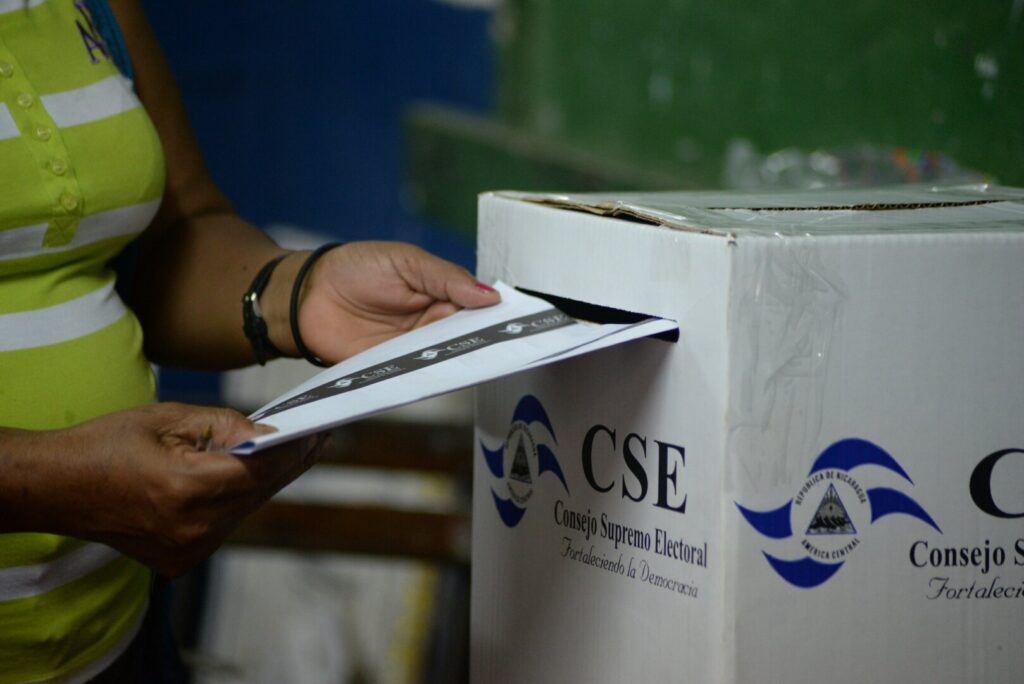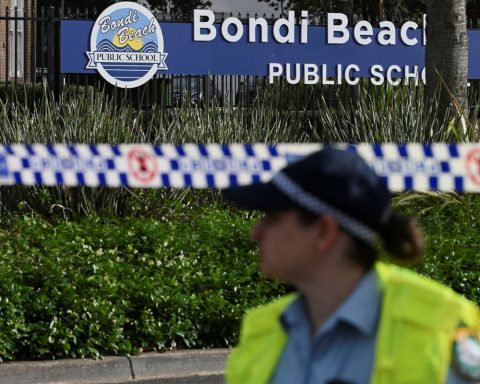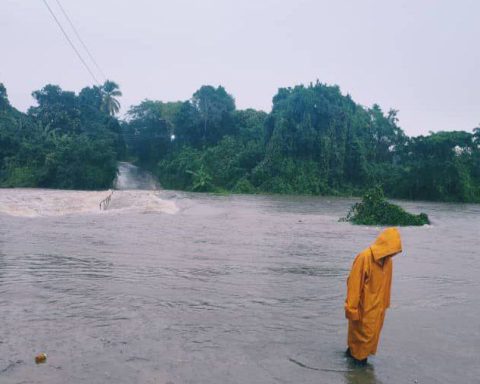New world political map. Part One: AL
L
far away from predicted triumph of economic neoliberalism and the conservative right in the world, after the fall of the Berlin wall and the imposition of the dictates of international financial organizations, with the advance of the new century the voters have been opting in favor of open positions , social and progressive in the different continents, with the values of social democracy in its different forms as the great guiding axis.
Left behind, or at least very eclipsed by reality, became the old paradigm of an unrestricted market economy and a bounded and handcuffed State, an individualist fundamentalism driven by the monetarist school of Milton Friedman that generated so much enthusiasm, first in the United States and then in the ruling elites and the privileged economic sectors of America, Europe and Asia.
One only has to review the political map of the world to verify that, although the centrally planned economies practically disappeared in their original version, the triumph of a capitalism without social rights and without political counterweights was not consummated. There was no end of history, as the ideologues of neoliberalism arrogantly said, because globalization did not bring the supposed interdependence and prosperity of peoples, but an accentuation of dependence. Far from globalizing wealth, poverty spread.
Let us begin the analysis, in this first part, with our most immediate reality, the Latin American subcontinent, where a drastic political recomposition has taken place in recent years.
At the core of the objective conditions that have fermented the shift towards the center-left option – to use the categories of Marxist thought – has been a substantial increase in poverty in the region, the highest level in the last 20 years; the increase in social inequality that is already high; double-digit unemployment in several countries, with the aggravating factor of 50 percent of workers employed in the informal sector and, in general, disenchantment with the results of neoliberal economic policies.
With particular characteristics in each case, but with that common denominator, let us now briefly see the chronology of the change in recent political geography. In 2019, after failed right-wing administrations, Panama leaned toward a center-left government, an alliance around the Democratic Revolutionary Party, by electing Laurentino Cortizo.
That same year, in Argentina, the left-wing Peronist movement and a range of left-wing forces came to power with Alberto Fernández, an academic critic of right-wing governments, who comfortably defeated Mauricio Macri, a president seeking re-election. As vice president, Cristina Fernández was elected, whose recent attack we condemn.
In 2020, after a troubled right-wing government, Luis Arce, close to former president Evo Morales, won widely and became president of Bolivia. He has continued the policy of defense of the natural resources of that country, and above all the dignity of the indigenous majority.
In 2021, Pedro Castillo, a former teacher’s leader, defeated the right-wing presidential candidate Keiko Fujimori in Peru, under the banner of vindicating the always marginalized majorities and limiting the privileges of the political and economic elites; Precisely for this reason, according to local analysts, his government has been the object of a permanent siege by the traditional political class.
That same year, in Honduras, Xiomara Castro, a socialist-oriented fighter, became president by defeating the right-wing bloc. Her main government offer and action has been to promote a universal basic income system for poor families and an income that guarantees a social welfare floor.
Also in 2021, there was the victory in Chile of a progressive option, with Gabriel Boric, a former student leader of just 35 years old, who decisively defeated the right-wing José Antonio Kast. His victory was interpreted as a weariness for a relative economic growth that was never expressed in well-being for the popular majorities.
The most surprising triumph was in this 2022, in Colombia, where for the first time a progressive and leftist option came to the presidency, with Gustavo Petro, former mayor of Bogotá and former guerrilla, who today heads a government of national reconciliation, of vindication of the indigenous and with a radical tax reform to tax more the highest deciles of society.
Now it is the turn of Brazil, a country in which all the opinion polls outline the victory of former President Lula against the far-right President Jair Bolsonaro. The increase in poverty, two-digit inflation, as well as a policy of hostility and discrimination against minorities, beginning with the original peoples, explain the prevailing mood among voters.
In short, there is a retreating neo-liberalism and today Latin America leans towards the social democratic and center-left options in their different manifestations.
* President of the Colosio Foundation

